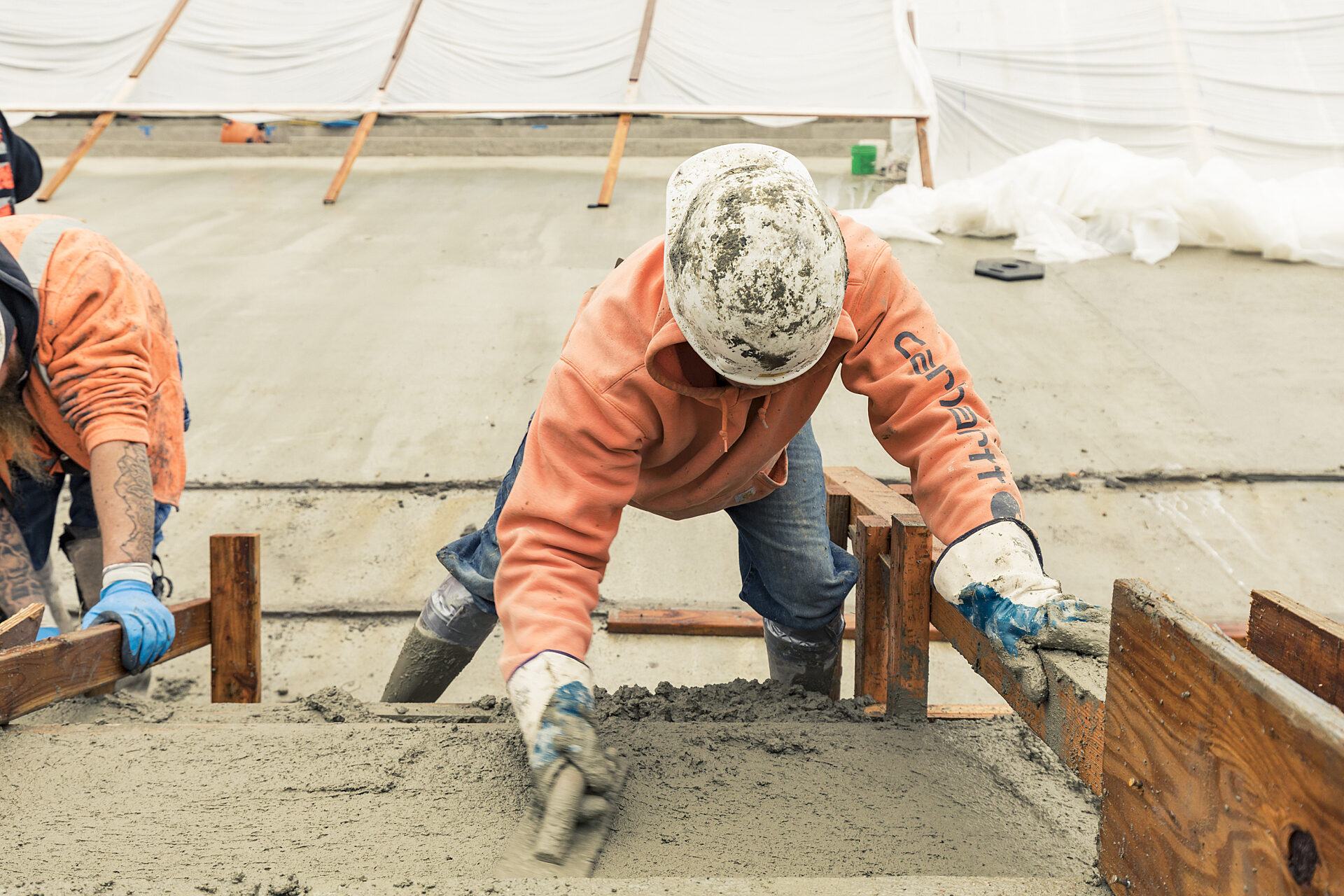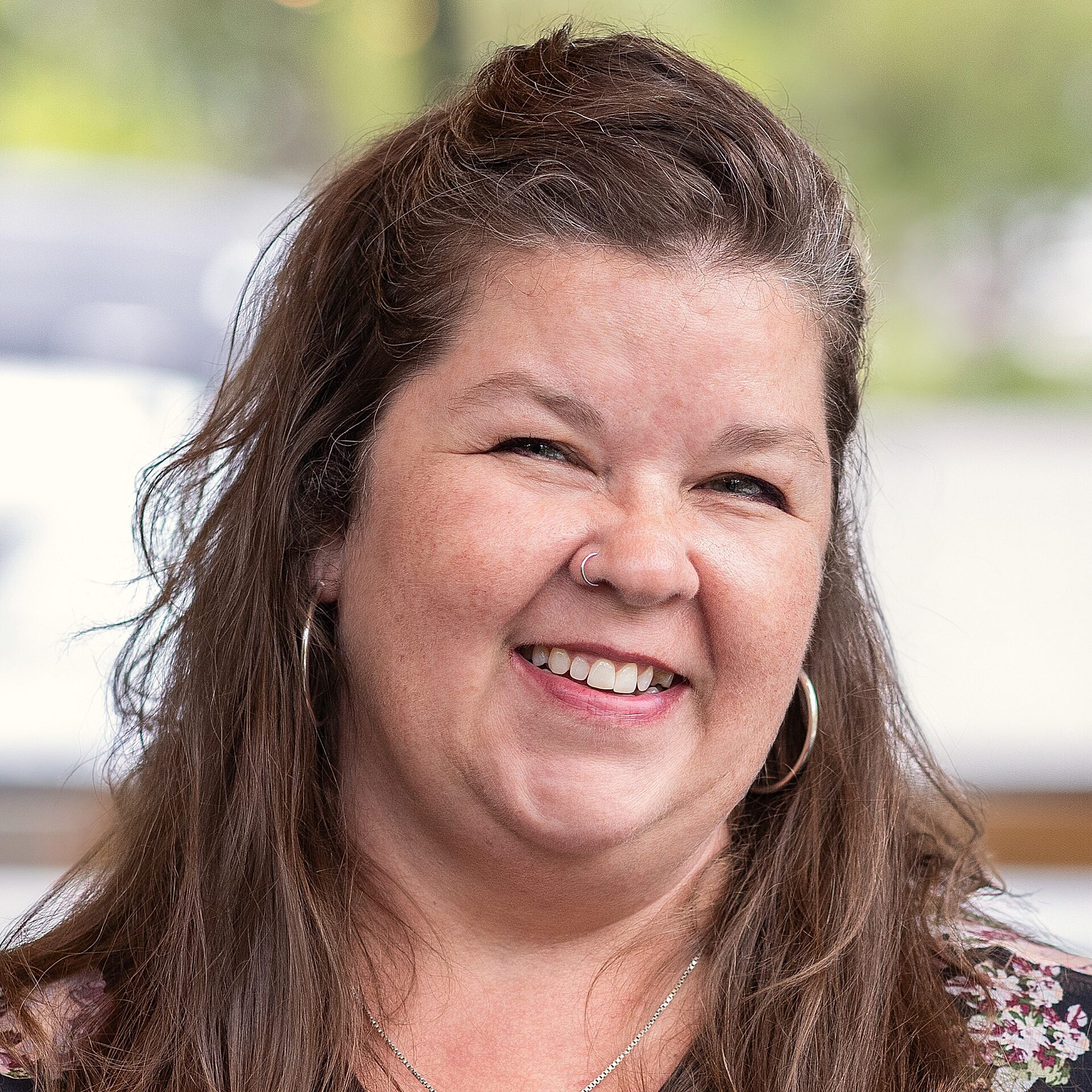Sustainability

News 03.13.2024
Concrete + Carbon Reduction: Challenges, Innovations, and a Sustainable Future
NAIOP WA blog post explores the role concrete and cement can play in reducing embodied carbon in our buildings.
NAIOP WA
External Source


The wild salmon is emblematic of the Pacific Northwest. From their prominent portrayal in Native American art to the iconic “Flying Fish” in the Pike Place Market, nothing represents our region more eloquently than these monarchs of the Salish Sea.
Beyond their symbolism, the salmon is a keystone species of our region. They play a crucial role in sustaining healthy ecosystems. In the fall of 2017, The Seattle Times reported on the lowest numbers of juvenile salmon documented in 20 years of data collection. Summer 2019 saw the longest ever absence of our Southern Resident orcas as they left home waters in search of better food sources further afield.
Threats to salmon include overfishing, climate change, and loss of genetic diversity, but by far the greatest threat is habitat loss caused by human development and water contamination. Investing in the growth of our region does not have to come at the expense of what makes it unique. This is a problem we can solve.
Salmon-Safe is dedicated to transforming land management and development practices so that Pacific salmon can thrive in West Coast watersheds. GLY was one of the first General Contractors to embrace the challenge and our partnership with Salmon-Safe has led to a richly rewarding relationship.
For GLY, the Pacific Northwest is in our DNA. Being true to our roots and our region is at the heart and soul of our values. We are back packers and hikers, hunters, fishers and boaters. We raise our families here and we understand the responsibility our industry has in ensuring future generations get to enjoy our pristine lands and waters. We take great pride in doing our work in a way that not only allows the urban and natural environments to coexist – but to mutually support each other.
Salmon-Safe works with the design teams to evaluate potential impacts and makes recommendations for mitigation and preservation before project decisions are finalized. Prior to construction, Salmon-Safe verifies that construction processes have measures in place to protect water quality. They then work with the building owners to ensure long term maintenance operations, such as landscaping, fertilizer and pest management, meet best practices to avoid poisoning our watersheds.
There’s always more we can do and more we can learn. GLY will continue to work with organizations like Salmon-Safe to ensure the responsible development of our region for generations to come.

Check out the 2017 Salmon-Safe infographic … a lot has changed in just three years!
Tags:

Sustainability Manager
LEED AP BD+C
It’s no wonder that Laura’s passion is helping people find their potential. She’s worked hard to creatively forge her own career path and achieve her goals. She is active in a number of industry groups and peer networks focused on green building and leads GLY’s internal sustainability efforts. Her background as a Project Manager allows her to connect with clients and project teams to drive sustainability project goals while keeping budget and schedule at the forefront. Laura brings her love of responsible practices [and infectious good spirits] to every project.